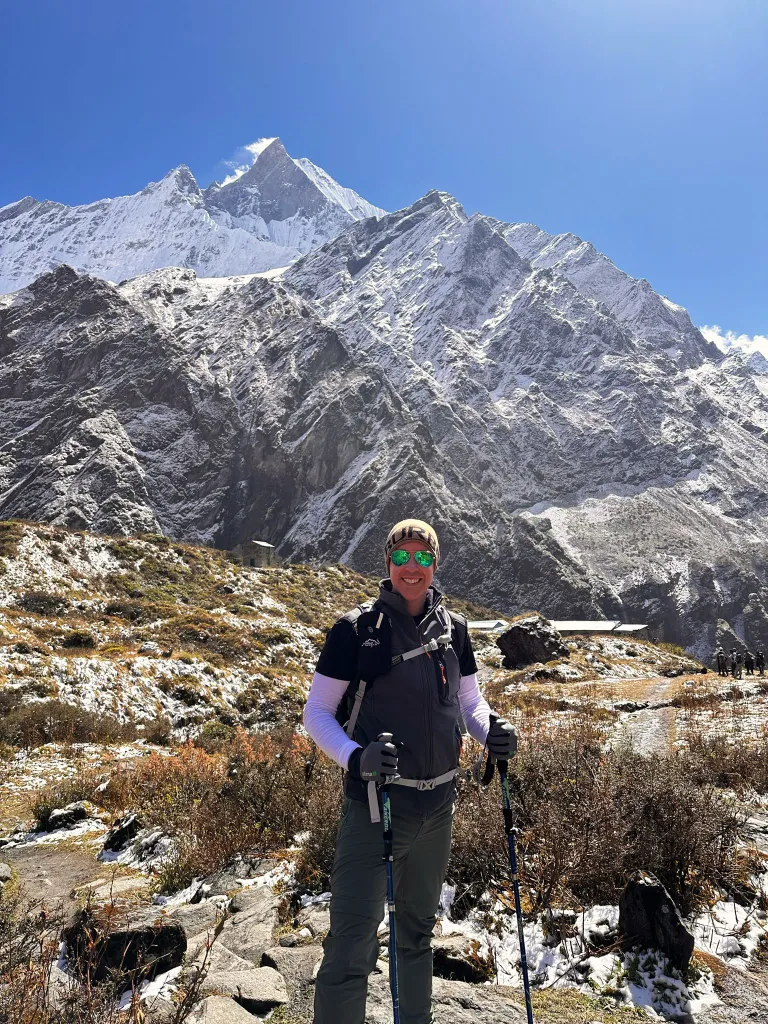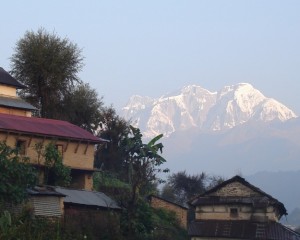Kailash Mansarovar Yatra 2025: Your Ultimate Guide to the Sacred Pilgrimage
Kailash Mansarovar Yatra is the journey where you get the chance to immerse in the natural beauty of the majestic Kailash and get the adventure of a lifetime. In Hindu mythology, Kailash holds great religious value, and no one has ever dared to climb it. Moroever, the serene waters of Lake Mansarovar, believed to purify the soul with just a single dip.
For centuries, these holy sites have drawn pilgrims, adventurers, and spiritual seekers from around the world. However, the Indian citizens were not allowed to visit Kailash Mansarovar for some reason. But now the good news is the reopening of the Kailash Mansarovar Yatra for Indian citizens in 2025; this life-changing journey is within your reach.
Thus, understanding your excitement, we are here to break down every required information for the Kaialsh Mansorvar trip for a journey through some of the most remote and breathtaking landscapes on Earth.

Why Kailash Mansarovar is a Journey Like No Other
Mount Kailash isn’t just a mountain—it’s a spiritual powerhouse. Revered by Hindus, Buddhists, Jains, and Bon followers, it’s believed to be the abode of Lord Shiva. Circumambulating the mountain (known as the Kailash Parikrama) is said to cleanse all sins and bring spiritual liberation.
Then there’s Lake Mansarovar, the holiest lake in the world. Its crystal-clear waters are believed to purify the soul and grant moksha (liberation). Whether you’re deeply religious or simply seeking a transformative experience, the energy of this place is undeniable.
Is the Yatra Open for Indians in 2025?
Good news! The Kailash Mansarovar Yatra is expected to reopen for Indian citizens in 2025. While official confirmation from the Indian government is still pending, preparations are underway. Stay tuned to Nepal Vision for the latest updates on dates, visa procedures, and logistics.
How to Get There: Routes and Travel Options
There are several routes to reach Mount Kailash, each offering a unique experience:
1. Via Nepal (Simikot Route)
This route involves a mix of flights, trekking, and overland travel through Tibet. It’s a popular choice for its accessibility and cultural experience.
2. Via Tibet (Lhasa Route)
Fly to Lhasa, then embark on an overland journey to Kailash. This route offers stunning views of the Tibetan plateau.
3. Via Uttarakhand (Lipulekh Pass)
Organized by the Indian government, this route involves trekking through the Indian border into Tibet. It’s a more challenging but rewarding option.
Permits and Documentation: What You Need
Since Kailash Mansarovar is in Tibet, you’ll need several permits:
- Tibet Travel Permit
- Chinese Visa
- Special Kailash Region Permit
- Clearance from the Ministry of External Affairs (for the Lipulekh route)
These permits can take time to process, so booking with an experienced operator like Nepal Vision is highly recommended.
Best Time to Visit and Weather Conditions
The best time for the Kailash Mansarovar Yatra is from May to September, when the weather is relatively stable. However, even in summer, temperatures can drop below freezing at night, and strong winds are common.
Pro tip: Always check weather updates before your departure—conditions in the Himalayas can change in an instant!
Physical Preparation and Acclimatization Tips
Trekking at high altitudes (above 5,000 meters) is no joke. Altitude sickness is a real concern, so preparing in advance is crucial.
- Start training 2-3 months in advance: Focus on endurance and cardio.
- Practice hiking with a backpack: Get used to carrying weight.
- Acclimatize properly: Spend time at high altitudes before the trek.
- Carry altitude sickness medication (Diamox): But consult a doctor first.
What to Pack for the Journey
Packing for Kailash Mansarovar isn’t just about comfort—it’s about survival. Here’s a quick checklist:
- Sturdy trekking backpack
- Warm layers (temperatures can be freezing)
- Waterproof trekking boots
- Sun protection (hat, sunglasses, sunscreen)
- First aid kit and personal medication
- Water purification tablets
Pro tip: Keep your backpack light but effective. Every extra kilogram feels heavier at high altitudes.
Cost Breakdown and Budgeting for Your Trip
The cost of the Kailash Mansarovar Yatra depends on the route and travel package. Here’s an approximate breakdown:
| Expense Category | Estimated Cost (USD) |
|---|---|
| Permits & Visa Fees | $100 – $300 |
| Flights (Kathmandu - Lhasa/Simikot) | $500 – $1,000 |
| Accommodation & Food | $50 – $100 per day |
| Transport (Jeep, Guide, Yaks) | $500 – $1,000 |
| Trekking & Support Services | $1,500 – $3,500 (varies by operator) |
Booking through a reliable travel company like Nepal Vision ensures smooth logistics and safety.
What to Expect on the Trek
The journey is physically demanding but deeply rewarding. Each day involves long hours of driving or trekking through rugged, high-altitude terrain. Accommodation is basic—guesthouses or tents—and meals are simple. Communication facilities are limited, so be prepared to disconnect from the world.
But the scenery? Beyond words. Endless mountains, turquoise lakes, and the unparalleled presence of Mount Kailash make every step worth it.
Final Tips for a Smooth and Memorable Experience
- Book Early: Permits and slots fill up fast.
- Travel with an Experienced Operator: Nepal Vision ensures a hassle-free journey.
- Stay Hydrated and Eat Well: High altitude takes a toll on your body.
- Keep an Open Mind: The journey is unpredictable—embrace the adventure!
To wrap up, Kailash Mansarovar is more than just a destination—it’s a journey of faith, endurance, and self-discovery. With the expected reopening in 2025, now is the time to start planning.
Want a seamless, well-organized pilgrimage? Let Nepal Vision Trek handle all the logistics so you can focus on the experience. Contact us today to secure your spot!






